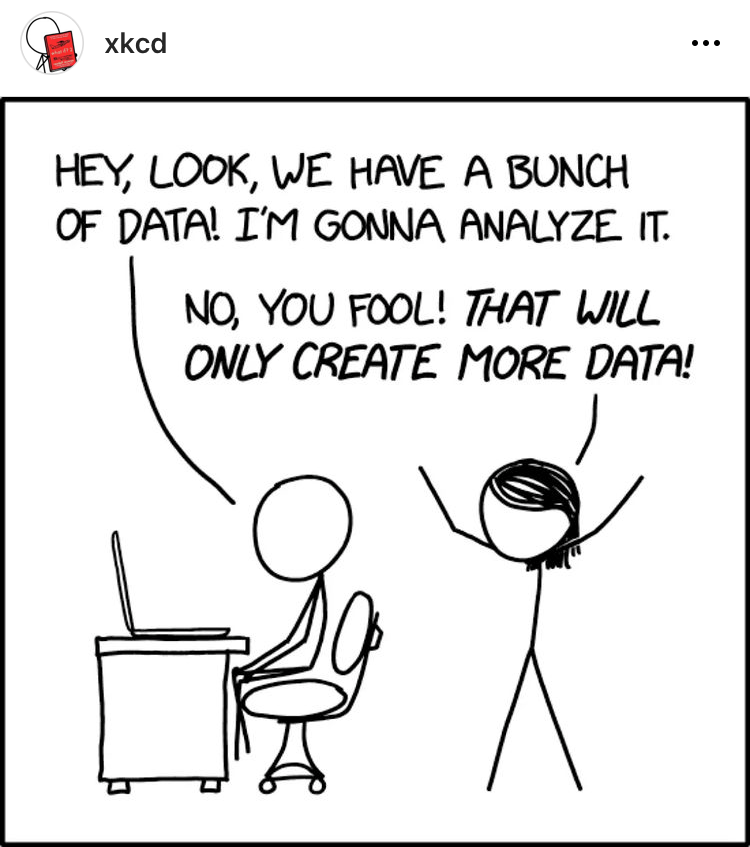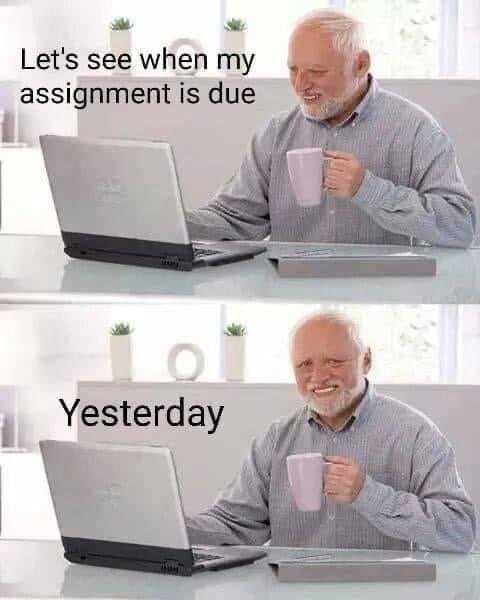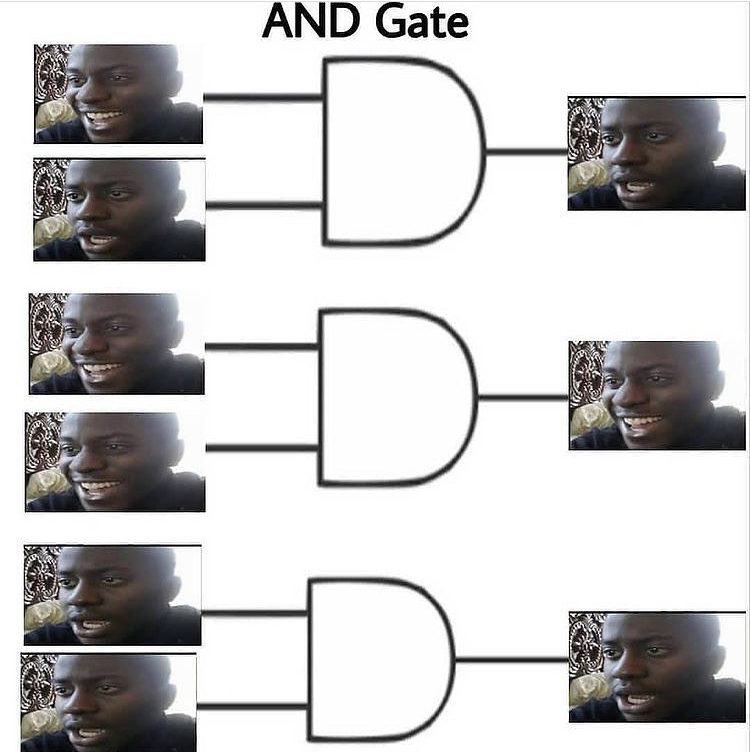Not a Meme Article on the Design Process
It has come to my attention that there are rumors, spreading around the internet, saying that the BYU Design Review is publishing another “Engineering Laughs” or “Memegineering” article for April Fools’ Day. Nothing could be further from the truth. An institution as serious as the BDR would never publish something with memes in it. As such, I have taken it upon myself to dispel these rumors and hereby present to you a very serious article on the design process.
What is the Design Process?
If people knew what the design process was, then there wouldn’t be professionals around the world trying to figure it out all the time. What we do know is that it generally starts with someone, perhaps a client, wanting or needing something.
Figure 1. Communication is at the start and end of every design project.
It’s generally a good practice to settle on a final design before clients and stakeholders change their mind. Otherwise, you might get asked to do something technically impossible, or something you won’t know how to do.
With your idea in mind, you’ll need to make assumptions before building any prototypes or models.
Figure 2. This wouldn’t be funny, except that in my heat transfer class my group approximated a whale as two flat plates made of blubber for our final project.
Figure 3. Another safe assumption for engineers to make in design. In fact, you can assume that 4 equals 3 as well if you include safety factors.
Design and Analysis
After several hours or days of coming up with genius ideas and forgetting to write them down, you’ll want to start building models. CAD modeling is one of the best tools designers have to give shape to a future product. It also has powerful iterative features (which you won’t use because you won’t let your client give you feedback anyways).
Figure 4. If AutoCAD or Solidworks ever take too long, Microsoft Paint is a viable alternative.
Often, designers need to use complicated software packages, even though they went into the field of mechanical design because they don’t like coding in the first place. When this happens, DO NOT PANIC. Lower your expectations, run the software again, and see if anything different happens.
Figure 5. My friend and I pulled a late night on campus trying to get our finite element analyses to work. The very next morning, he sent me this figure. If we had known this earlier, we would have saved a lot of time. Don’t repeat our mistakes.
When verifying your design, you are likely to run an experiment that gives you a lot of confusing or noisy data. You might not know what it means, but that’s ok because your client won’t know what it means either. Whatever you do, avoid the temptation to further analyze the data. This only results in suffering.
Figure 6. Avoid being a fool by not analyzing your data.
The design is done. Now what?
For good design to do good things, it must be communicated well. This is a disappointment to designers who not only didn’t want to write code in their careers, but also didn’t want to talk to people either.
Figure 7. I feel attacked.
Furthermore, do not miss important deadlines. Doing so will render useless all the mediocre work you and your teammates have been putting into the project. They will also be mad at you.
Figure 8. Don’t be like this guy.
With that in mind, there are more important things than making sure people know how cool your new product is. Make sure that your product doesn’t have any negative impacts on society at large.
Figure 8. How would the meaning of Olivia Rodrigo’s song “Driver’s License” change if it’s the vehicle that leaves the relationship? These are the kinds of questions you want to have in mind while working on your projects.
Figure 9. The Incans in South America, and the Romans in Europe, built beautiful roads without knowing any calculus. But for some reason, I need to know differential equations to flash a light on my Arduino board.
Conclusion
At the end of the day, the most important thing to keep track of on a design project is yourself. How are you doing?
Figure 10. A stress strain diagram. Given that there is no title, it cannot be determined whether this plot is referring to materials or people in stress.
if you’re still reading, chances are you read this far because you’ve got a pile of unread emails, error messages, or other problems that you don’t currently know how to deal with. As we conclude this very serious article, I hope that something here has given you the inspiration you need to tackle your problems. Keep working hard, get the help you need, and (believe it or not) things just might work out.
Appendix
Figure 11. This meme doesn’t have have anything to do with design. But if you understand it, I will be very impressed.
Figure 12. So maybe this really was a meme article. Just don’t tell anyone; we don’t want to spread the rumors.
To cite this article:
McKinnon, Samuel. “Not a Meme Article on the Design Process.” The BYU Design Review, 1 Apr. 2022, https://www.designreview.byu.edu/collections/a-very-serious-article-on-the-design-process.


















